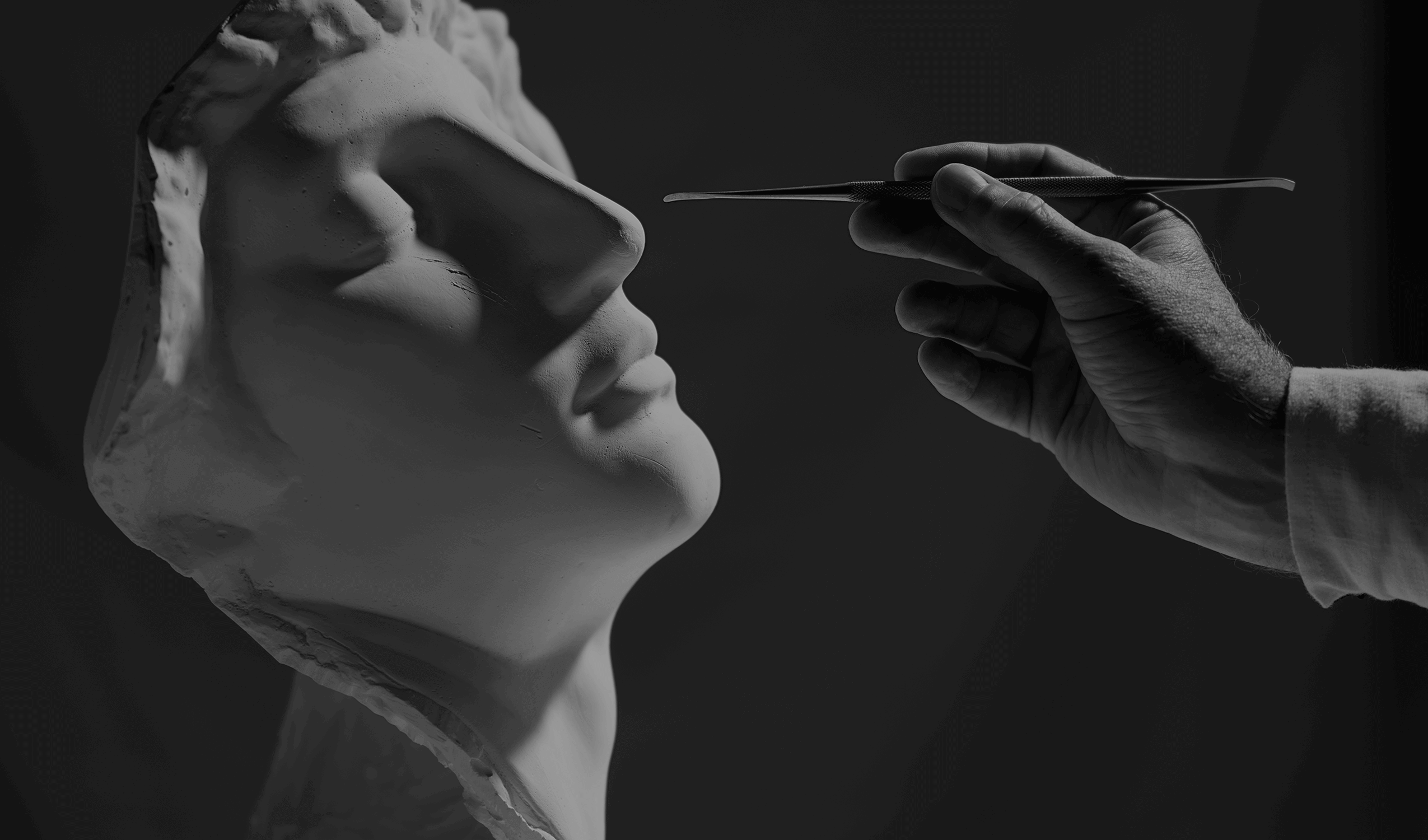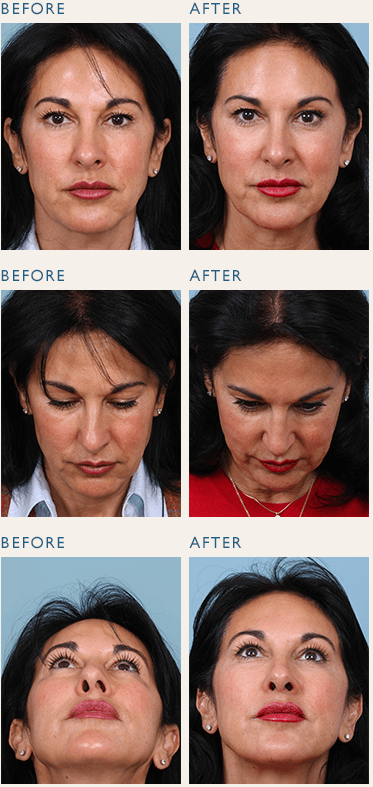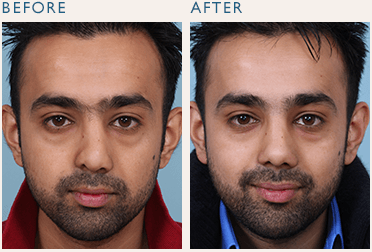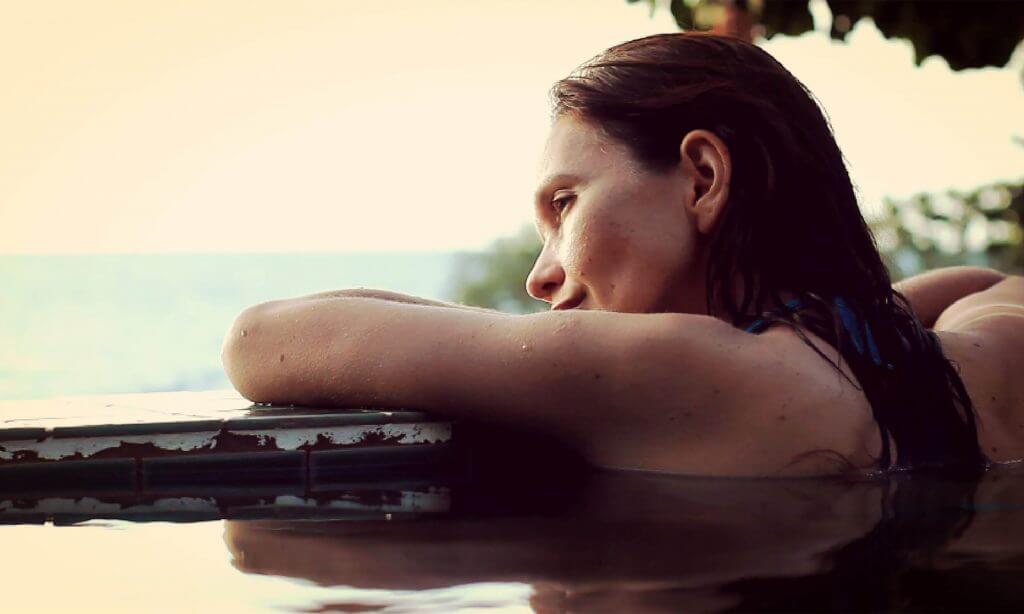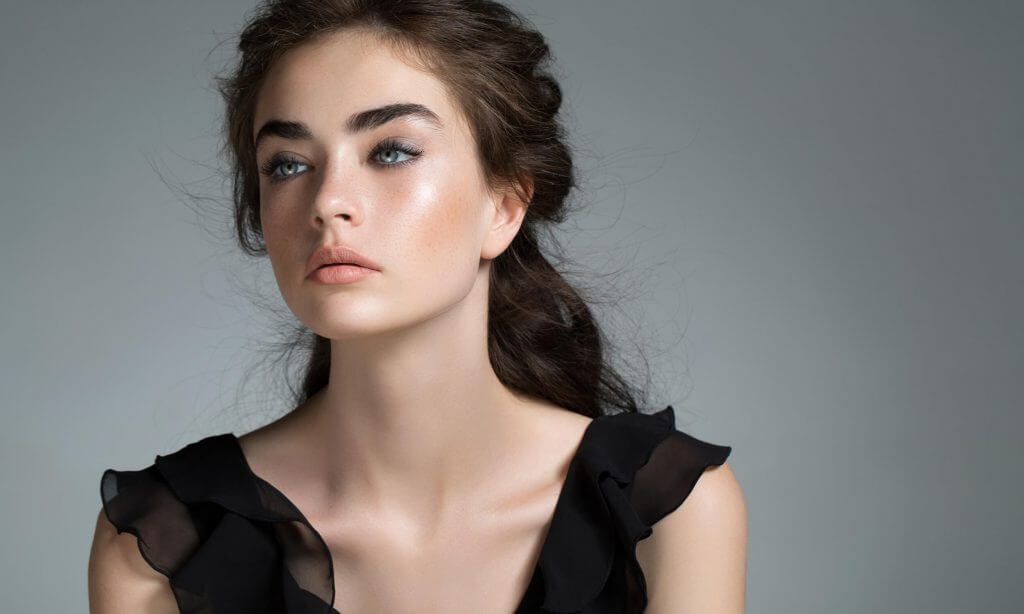The shape and the function of the nose are intimately related. A surgeon performing cosmetic rhinoplasty should have expertise in understanding how and what makes the nose works and a surgeon performing functional septorhinoplasty should have expertise in the cosmetics of the nose.
MASTERY CREATES NATURAL RESULTS Gallery




